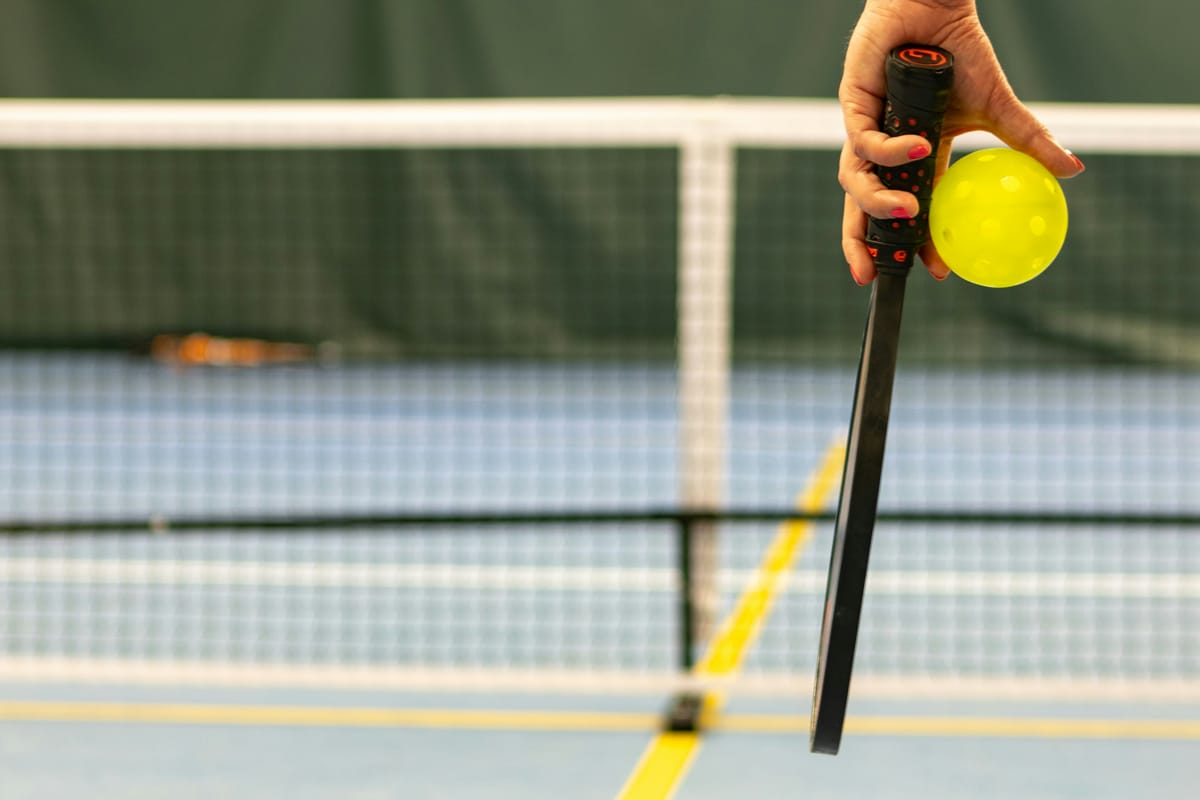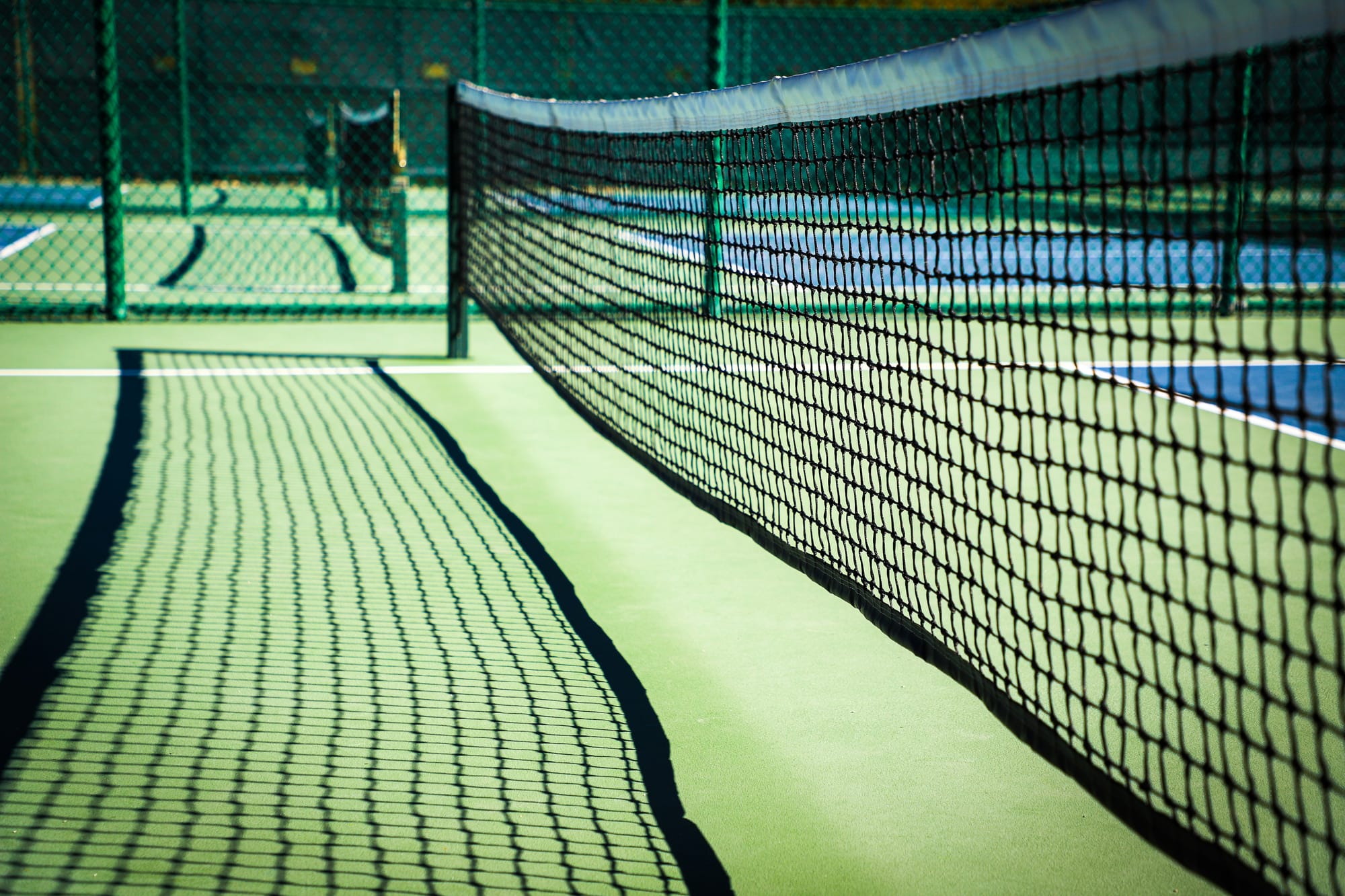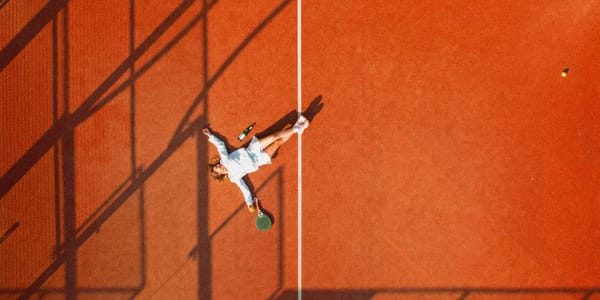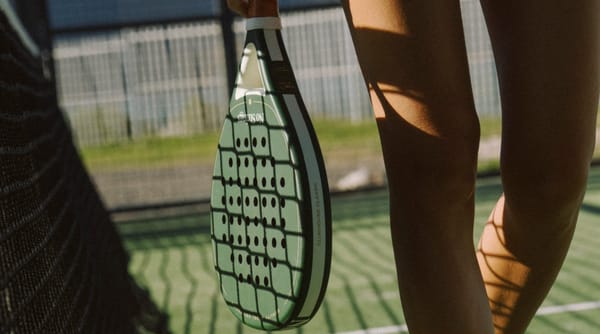Pickleball: The Kitchen Explained

Pickleball is booming, and with it comes a slew of quirky terms and rules. If you’re new to the game, one term that might have you scratching your head is “the kitchen.” No, it’s not where you grab a post-match snack – it’s actually one of the most important zones on the court. In this article, we’ll break down the basic rules of pickleball, with a spotlight on the famous kitchen rule that keeps the game fair.
Pickleball in a Nutshell (Basics)
At its core, pickleball is a hybrid of tennis, badminton, and ping-pong played on a small court (20 feet by 44 feet, roughly the size of a badminton doubles court). It’s often lauded as one of the fastest-growing sports in the world , thanks to its simple rules and accessibility for all ages. Here are the key basics to know:
- Serve: An underhand serve is hit cross-court into the opponent’s service box. Only one serve attempt is allowed (no second serves like in tennis). The serve and return must bounce once each before any volleying can occur (this is the double-bounce rule, which prevents a huge serve advantage and extends rallies).
- Scoring: Typically only the serving side can score. Games are usually played to 11 points (win by 2). Players on a doubles team get to serve and continue serving until a fault is made, then service passes to the opponents. (There’s also an alternate rally-scoring format, but traditional pickleball uses side-out scoring.)
- Equipment: Players use a solid paddle (no strings, unlike tennis racquets) and a plastic wiffle-style ball. After the initial two bounces (serve and return), players often rush toward the net to volley – and that’s where the kitchen rule comes into play.
In pickleball, mastering the basics means learning not just how to hit the ball, but also where you can hit it from. That brings us to the kitchen.
So, What is the "Kitchen"?
A pickleball sits just behind the court’s non-volley line (the “kitchen” line). Stepping into this 7-foot zone to volley a ball is a fault in pickleball. The kitchen rule keeps players from camping too close to the net.
The kitchen is pickleball slang for the non-volley zone (NVZ) – a rectangular area extending 7 feet from the net on both sides of the court, spanning the full width of the court . This zone is usually marked by a line on the court (often the area is painted a different color for easy visibility). If you hear players yell “stay out of the kitchen,” they’re talking about this zone. The kitchen’s primary purpose is to prevent players from standing right at the net and smashing every ball – in other words, it “promotes longer rallies and strategic play by preventing players from dominating the net with smashes” . In pickleball, you can’t just plant yourself inches from the net and volley freely; the kitchen rule stops that.

How the Kitchen Rule Works
So, what exactly are the rules of the kitchen? In simple terms, the kitchen rule means no volleying while in this 7-foot zone. Here’s a breakdown of the do’s and don’ts:
- No volleying in the kitchen: You cannot hit a volley (hitting the ball out of the air without a bounce) while any part of your body is in the kitchen or touching the kitchen line . The line is part of the zone – step on it during a volley, and it’s a fault. This also applies to anything you’re wearing or carrying; for example, if your hat or paddle falls into the NVZ during a volley, that’s a fault .
- No falling into the kitchen after a volley: You’re not allowed to circumvent the rule by volleying just outside the kitchen and then stumbling in. If your momentum carries you into the kitchen after hitting a volley, it’s a fault . Even if the ball is dead, you can’t step inside the NVZ right after a volley. So no leaping at the net and then landing inside – unless you want to lose the point.
- You can enter the kitchen at other times: A common misconception is that you must never step into the kitchen at all. In fact, you’re perfectly allowed to be in the kitchen as long as you are not volleying . If a ball bounces in the kitchen (like a short dink shot), you may step in to hit it after the bounce and then step back out. You can also stand in there when no ball is in play, or even jump in to congratulate your opponents after a point. Just remember: no volleying while inside.
In short, the kitchen rule forces players to hit volleys from slightly farther back, behind that 7-foot line. This might sound limiting, but it’s essential for keeping pickleball rallies fair. It means players can’t just park at the net and slam everything out of the air – they have to use finesse and timing. That’s why you’ll often see players engage in delicate dinking rallies (soft shots that land in the kitchen) back and forth. Those soft shots are legal (because the ball has bounced), and they’re a strategic way to tempt an opponent into popping the ball up so you can smash it on the next shot. The kitchen rule creates this unique cat-and-mouse game at the net, which is a hallmark of high-level pickleball play.
Why the Kitchen Rule Matters
The kitchen rule might feel odd at first (especially if you come from tennis where hovering at the net is a common tactic), but it serves an important purpose. By prohibiting volleys in that close zone and making players hit from slightly further back, pickleball ensures that rallies last longer and favor skill over pure height or reach. A 7-foot restriction might not sound like much, but it’s enough to prevent constant overpowering smashes. This leveling effect is one reason pickleball is so popular across different ages and skill levels – a crafty player with good placement can outplay a taller player because nobody is allowed to endlessly spike from right on top of the net.
The kitchen rule also adds a layer of strategy. Players have to decide when to step into the kitchen (to retrieve a short ball) and when to stay back. Good footwork is rewarded: you’ll step in to scoop up a low bounce, then quickly retreat and get ready for the next shot. It’s a dance that keeps the game interesting. In essence, the kitchen turns pickleball into more than just a power game – it encourages touch, control, and clever tactics.
Final Serve
Understanding the kitchen rule is a rite of passage for every new pickleball player. It might cause a few laughs and confusion early on (“Wait, why did I lose that point? Oh, my toe was on the line…”), but before long you’ll see how it shapes the sport’s character. By keeping volleys in check, the kitchen ensures pickleball remains the wonderfully strategic and accessible game that millions love.
Finally, a little heads-up for the No Strings community: as pickleball fever continues to spread, we’re excited to be working on our very own No Strings pickleball gear. In fact, we have a high-performance carbon fibre pickleball paddle in development (in a few slick colourways) that’s set to launch by 2026 – with worldwide shipping, so you can hit the kitchen line in style no matter where you are.
Have a good week,
The NS team





